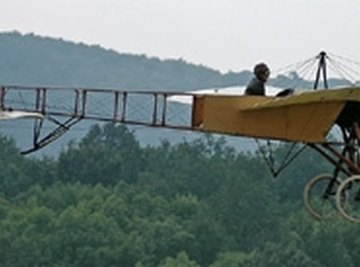
People have been fascinated by gasoline-powered airplanes since the late 18th century. However, it wasn't until the Wright Brothers built and flew their twin-screw Flyer in 1903 that the airplane really took off, as it were. Their plane was low on power and even lower in terms of propeller thrust, so the Ohio-based brothers decided on a twin-propeller design. However, there were others in the United States and Europe who were attempting to fly with only engine and one propeller.
The Bleriot XI
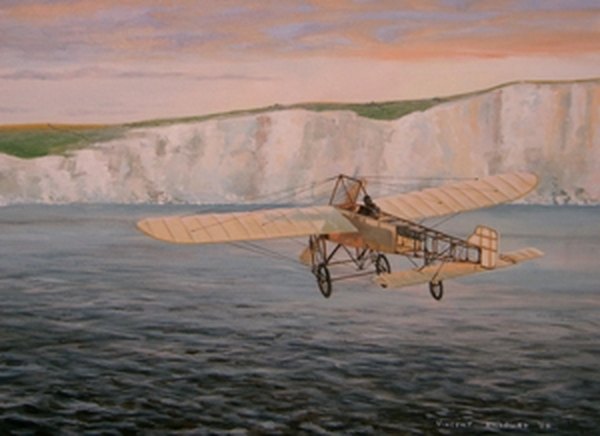
Louis Bleriot had been building and trying to fly single-engine airplanes in parallel with the Wrights' development, beginning in the late 1800s. His most successful version was the Bleriot XI, built in 1908. This is the airplane that allowed Bleriot to fly across the English Channel and set a number of other records for time and distance.
The Curtiss Golden Bug
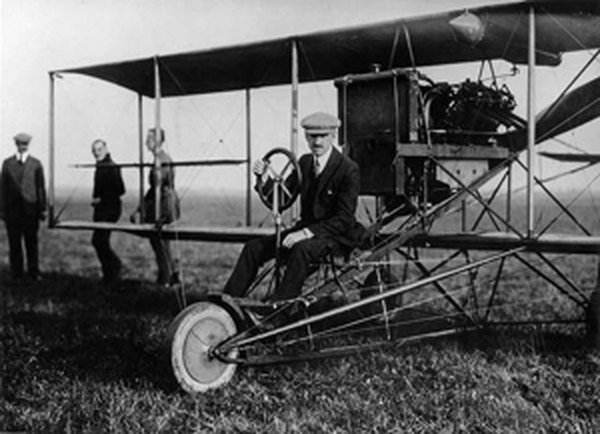
Glenn Curtiss was known for his daredevil exploits on motorcycles, but he wanted to do more than simply turn in a circle at high speed. As a result of a mutual interest in engines and their potential use in airplanes, Curtiss, Alexander Graham Bell and several other like-minded visionaries founded the American Experimental Association in 1908. Curtiss followed up with his own airplane design christened the Curtiss Flyer, but the name that most people remember is the Golden Bug. This was a single-engine, single-prop design, and because Curtiss was highly adept at producing high-power engines, the airplane set a number of speed records. He continued in aviation and built airplanes until he died in 1930 at age 52. The company that he founded continued without him and produced some of the more innovative high-speed metal monoplanes throughout the 1930s and 1940s.
World War I
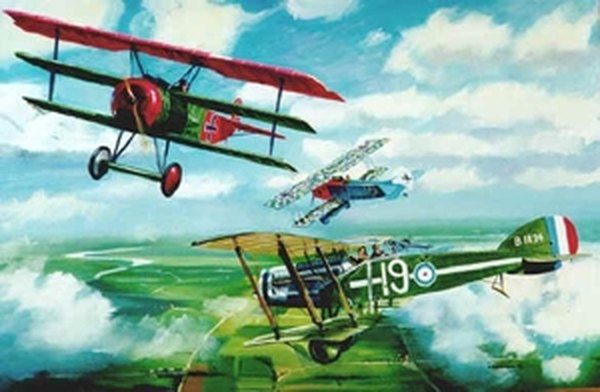
On August 1, 1914 the German Empire declared war on what were then referred to as the Allies including England, France and Russia. It was quickly clear that aviation would play a part in the conflict, and many of the early pioneers were already building and flying their aircraft over their own countries. Of these, Curtiss was particularly notable in addition to France's Sopwith. On the German side there was primarily Fokker, although Pfaltz and several other manufacturers tried their luck at planes during the war. All fighters of the day were single-engine, and of these there were three that were particularly notable for their maneuverability speed and kill ratio's. The first was the Fokker D7, which has been suggested by many to be the best airplane of the war. The second was the Fokker D3, also known as the Triplane. Finally there was the Sopwith Camel, which was both speedy and packed a hard punch in the early days of the war.
A Single-Engine Speedster Between The Wars
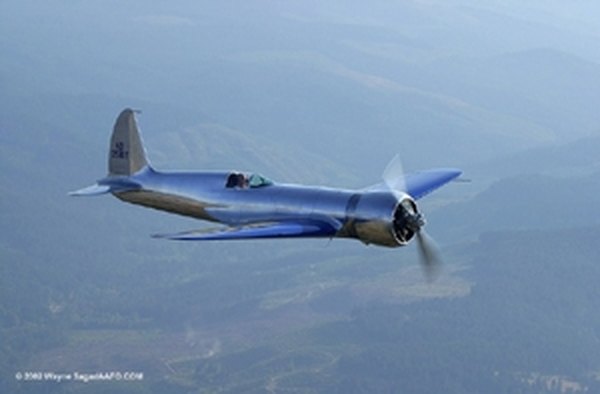
At the end of World War I there were many airplanes available, and pilots who managed to survive bought them for various reasons. Some made a living doing aerial stunts in the emerging movie industry while others tried their hand at operating regional airmail contracts. Howard Hughes made his money in oil, but what he really liked to do was build airplanes that went traveled very quickly. His single-engine H-1 (pictured here) was beautiful and very fast. The airplane turned a 352 mph average speed over four timed runs in 1935, and 18 months later set a coast-to-coast speed record at 322 mph.
Single Engines in World War II
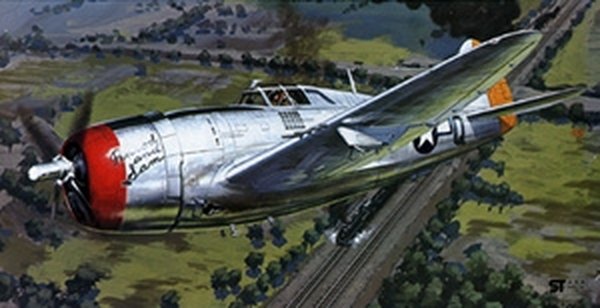
When the Japanese attacked Pearl Harbor on Dec. 7, 1941, the United States was in an economic depression that had put aviation technology on the back burner. Therefore, when the war started the United States was behind the power curve in terms of manufacturing and design. The venerable Curtiss P-40 and the Bell Airacobra held the Japanese tide for much of 1941 in China and Southeast Asia, while in North Africa and in Russia the two airplanes exacted significant tolls on the Germans. Regardless, both were generally slower and less maneuverable than their enemy. By 1942, however, there were positive signs in the air for the Allies. In the Pacific, the Grumman Hellcat was beginning to dent Japanese power in the air, while the initial variant of Republic P-47 Thunderbolt was doing good work taking on the German Luftwaffe.
References
About the Author
Since 1984, Rick Carlton has authored more than 450 articles on the principles, application, analysis and deployment of interoperable enterprise technologies. Additionally, he has written more than 150 feature articles on aviation, auto and motorsports topics including work for The Auto Channel, "Automobile," "Flight Training" and "On-Track" magazine. He holds a Bachelor of Fine Arts in music from the University of Missouri at Kansas City.
Photo Credits
Image By Reinbeck Aerodrome
